|
August 24th I decided to visit the Funk Bottoms Wildlife Area, upon reaching the end of the drive I was greeted with this view! Upon counting, I was able to clearly identify 14 individual Great Egrets wading, fishing, and flying about this waterway. Up until last year I had never seen one in the wild (from what I can recall) so to come upon a scene with so many was a spectacular treat!
About the Great Egret: "Slightly smaller and more svelte than a Great Blue Heron, these are still large birds with impressive wingspans. They hunt in classic heron fashion, standing immobile or wading through wetlands to capture fish with a deadly jab of their yellow bill. Great Egrets were hunted nearly to extinction for their plumes in the late nineteenth century, sparking conservation movements and some of the first laws to protect birds." They are migratory, visiting Ohio only while cruising through, this group must have been flying together and found the shallow waters of the Funk Bottoms to be ideal for fishing. "If you live outside of the species’ breeding range, you may still see Great Egrets in late summer as they move about widely before heading to their wintering grounds."
0 Comments
I'm always in awe when it comes to the growth cycle of regions. Here is the bog in March and the bog in August.
Swamp loosestrife is a shrubby perennial growing in wet swampy and boggy areas that has 1-3ft long, arching, leafy stems, often rooting at the tips. Its lance-shaped leaves are opposite or in whorls of 3-4 from which deep pink flowers grow in tufts. The deep pink/purple colored flowers occur in dense clusters in the upper leaf axils.
The flowers mature into seedpods which fall off and float through the swamp or bog and are often eaten by mallards, black ducks, blue-winged teal, and wood duck. Muskrats tend to feed on the swollen and spongy underwater stems. The Sagittaria latifolia, or Broadleaf Arrowhead, is a native aquatic plant which grows tuberous roots that can be eaten like potatoes.
Lewis and Clark found this plant at the mouth of the Willamette and considered the tubers equal to potato and valuable for trade. Today the tubers are commonly harvested with a hoe, pitchfork, or rake then baked in fire embers, poiled, or roasted. They can also be skinned and eaten whole or mashed as mashed 'potatoes'. The Chippewa Indians would gather these tubers in the fall, string them together and hang them overhead in the wigwam to dry, they'd then boil them later for use. As a medicinal plant many different tribes had uses for this tuber - and infusion to clean and treat wounds, as a headache cure, to remedy indigestion, as a dermatological aid, a laxative, and as a ceremonial blessing when they began planting corn. As wildlife food, the Broadleaf Arrowhead is an important source of nutrients - Swans, geese, wood ducks, blue-winged teal, lesser and greater scaup, ruddy duck, ring necked duck, pintail, mallard, mottled duck, gadwall, canvasback, black duck and king rail are known to eat arrowhead seeds and muskrat and porcupine eat the tubers. The velvetleaf is a non-native invasive species that was brought to America in the 1700s to be grown and used as a fiberous rope substitute with mild success. The plant was then abandoned for such uses as other, better options were available.
Each uniquely shaped seedpod is comprised of 12 - 15 slots holding 1-3 seeds each, with it being a self-pollinating species able to produce this many seeds it quickly spread across America. The seeds, while unripe, are edible and taste similar to sunflower seeds. Upon ripening the seeds should be leeched of their bitterness and can then be ground into flower. If you happen to be in nature and nature is calling, the leaves of the velvetleaf can be used as a toilet paper substitute!
This time of year is especially tough to get outdoors - the days are long and hot, humidity (as of lately) has made everything sticky, and the bugs, the bugs are out in full force.
Since summer 'cabin fever' has set in and I can no longer stand another day indoors reading about the great outdoors I found a few ways to make this time of year tolerable, I hope they'll help inspire you to get outdoors!
Happy exploring! This spring I found the most curious plant with flowers like fireworks. The White Baneberry is a common native plant to our area, enjoying moist acidic soils. I found this one on top of the hill at Spangler.
May it burst into a firework of fluffy white flowers. August the fruits have fully formed and turned into the notorious white with black dots resembling dolls eyes, from which it is sometimes known. All parts of this interesting flowering plant are poisonous! There's something magical about watching the changes this hill has undergone in its normal year cycle. It reminds us we're in constant flux and everything will come back around, so breathe, relax, and enjoy the ride. There's a time for growth, there's a time to be still.
August's scene shows the bigger plants stepping back, the once abundant nettles, waterleaf, and jewelweed are shrinking back down as the Virginia Knotweed rises up and spreads out. You may remember last year when we stumbled upon a 'new' park in Wooster - Barnes Preserve-, it was rustic, unmarked, and we didn't know much about it other than it was lovely. Upon further research we learned it was to become an ADA accessible park and picnic area! As the year passed we watched as first the pavilion was built, then the deck overlooking the pond, and finally the paved pathways. Just this week the park has re-opened to the public (of corse we had to go explore!), there will be an official grand opening and dedication in October (we'll let you know when). From Denny Jordan (Park Commissioner, Chr.) "...this is an example of what can be accomplished with some planning, some grant money, and a lot of dedicated volunteers." We think they've done a great job and are looking forward to spending many days here. Barnes Preserve can be found at 3396 Sylvan Rd., Wooster, Ohio - 1/4 mile south of the Secrest/Sylvan intersection. For more information about the park and the vision visit www.waynecountyparkdistrict.org/barnes-preserve.html Taking a closer look at some of the plants at the Funk Wilderness Area you can find all sorts of interesting details and bugs!
From the lower Spangler trail up through the Education field, a wide variety of flowers and scenes.
Found mainly late summer to early fall in shady woods, the Virginia Knotweed can be found in large clusters. Sometimes known as Jumpseed, this perennial is known for its seeds which "jump" up to several feet when a ripe seedpod is disturbed. Its large oval leaves can be solid green or with a chevron shaped mark on the leaf; often individual plants will have both types of leaves.
"August rushes by like desert rainfall,
A flood of frenzied upheaval, Expected, But still catching me unprepared. Like a matchflame Bursting on the scene, Heat and haze of crimson sunsets. Like a dream Of moon and dark barely recalled, A moment, Shadows caught in a blink. Like a quick kiss; One wishes for more But it suddenly turns to leave, Dragging summer away." - Elizabeth Maua Taylor |
AboutSince 2015 we have been exploring and sharing all the amazing things we’ve found in nature. AuthorEmily is an Ohio Certified Volunteer Naturalist who is most often found out in the woods. Archives
June 2024
Categories
All
|
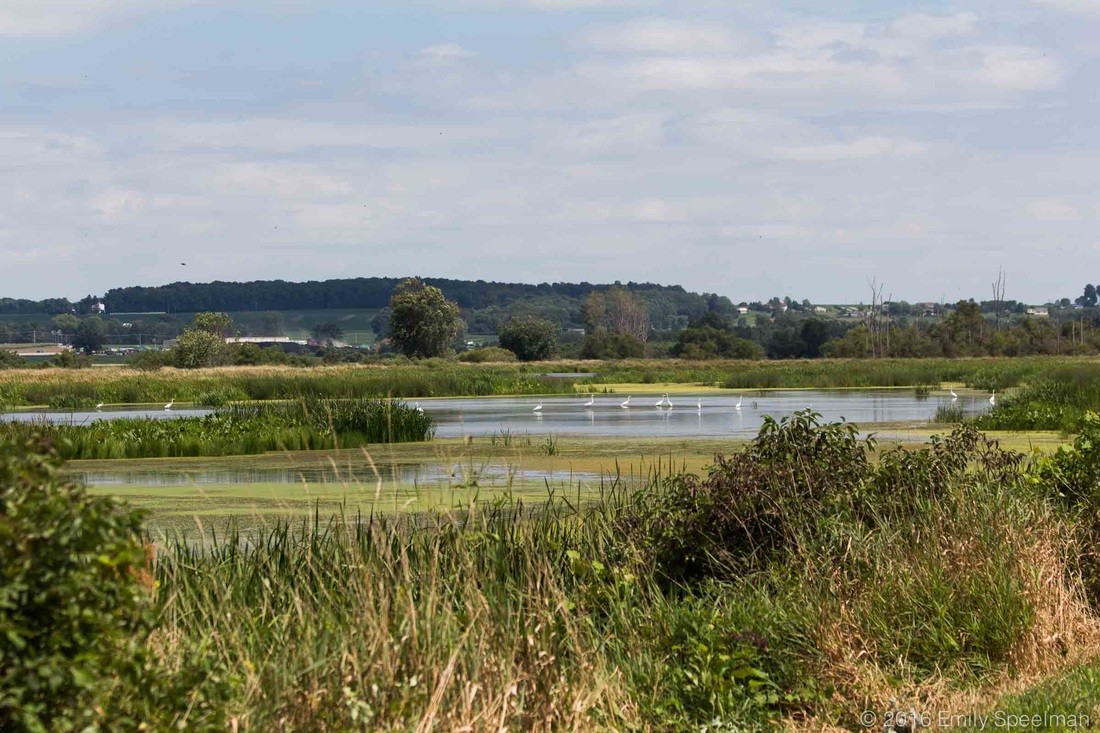

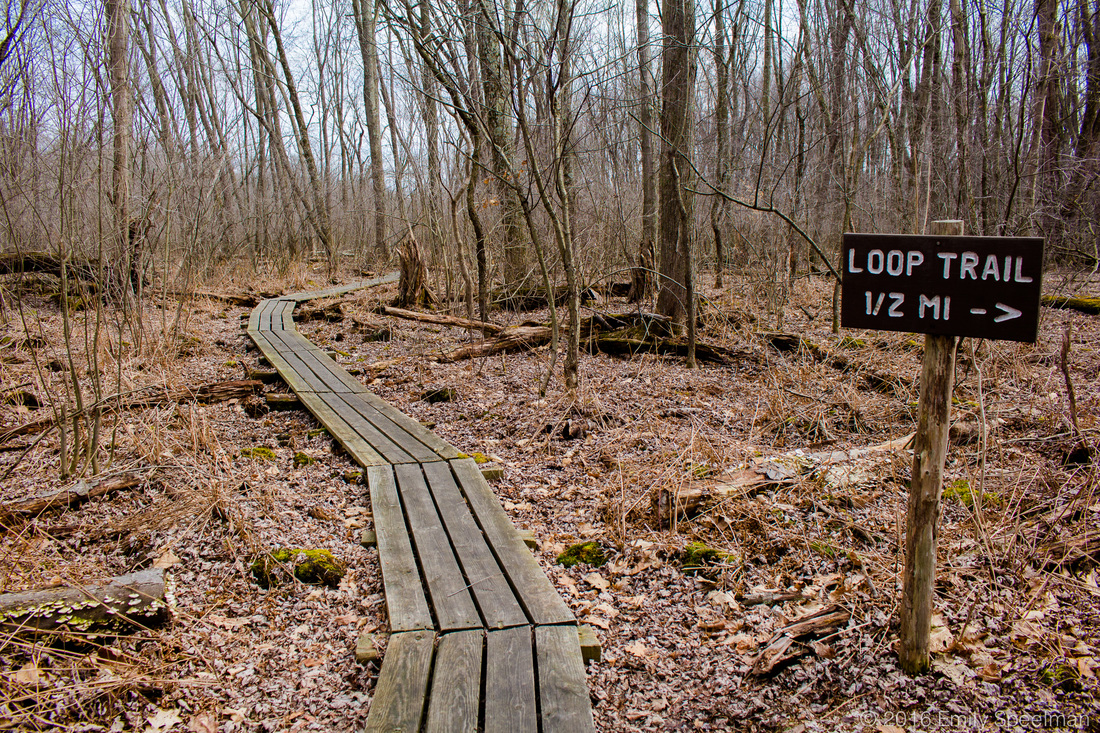

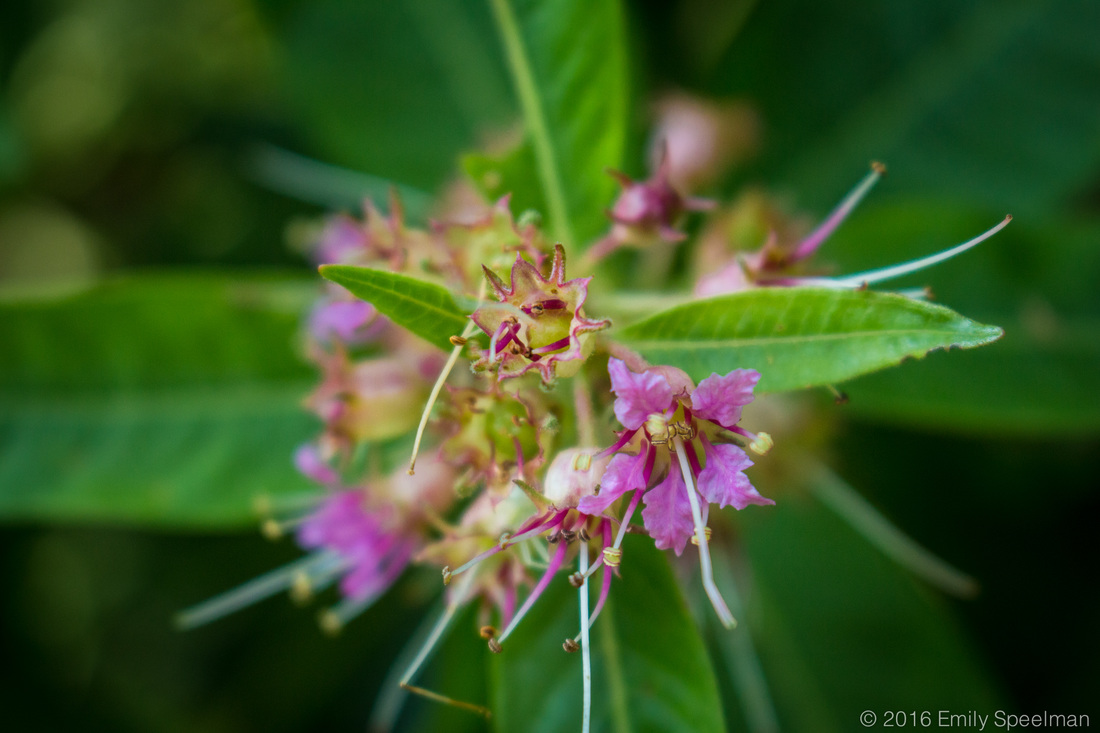
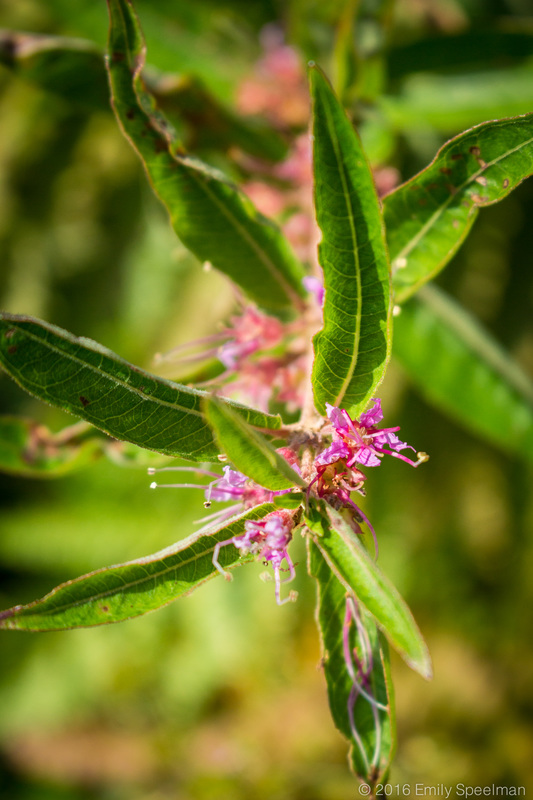
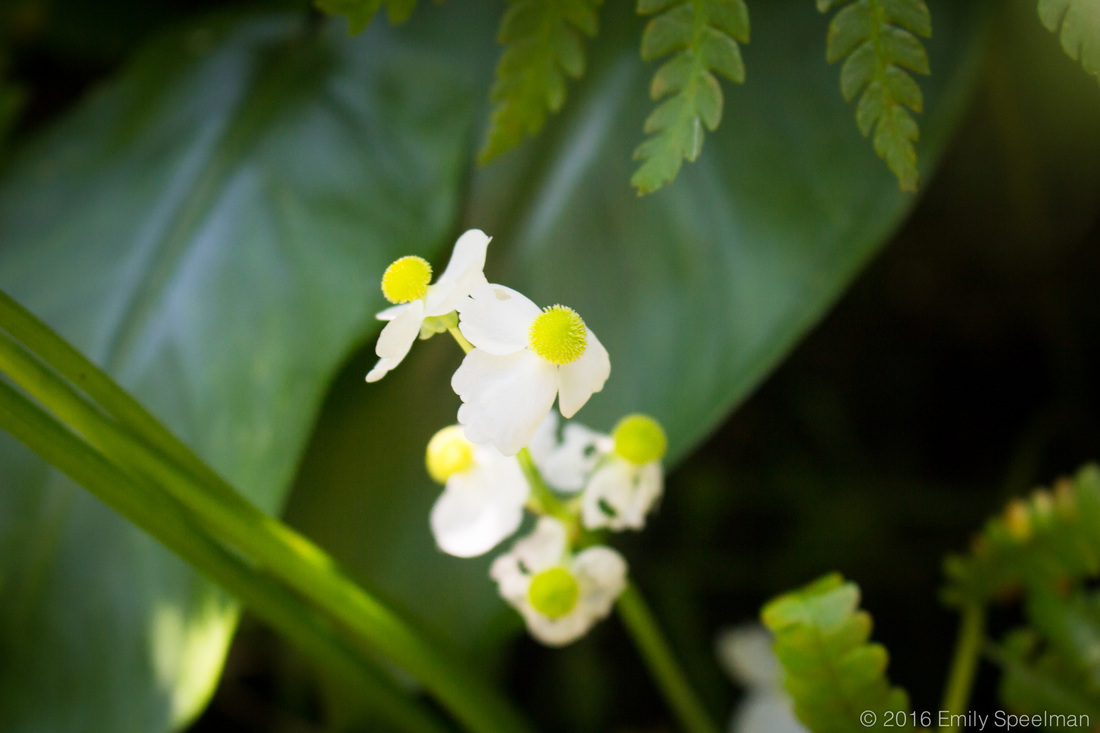


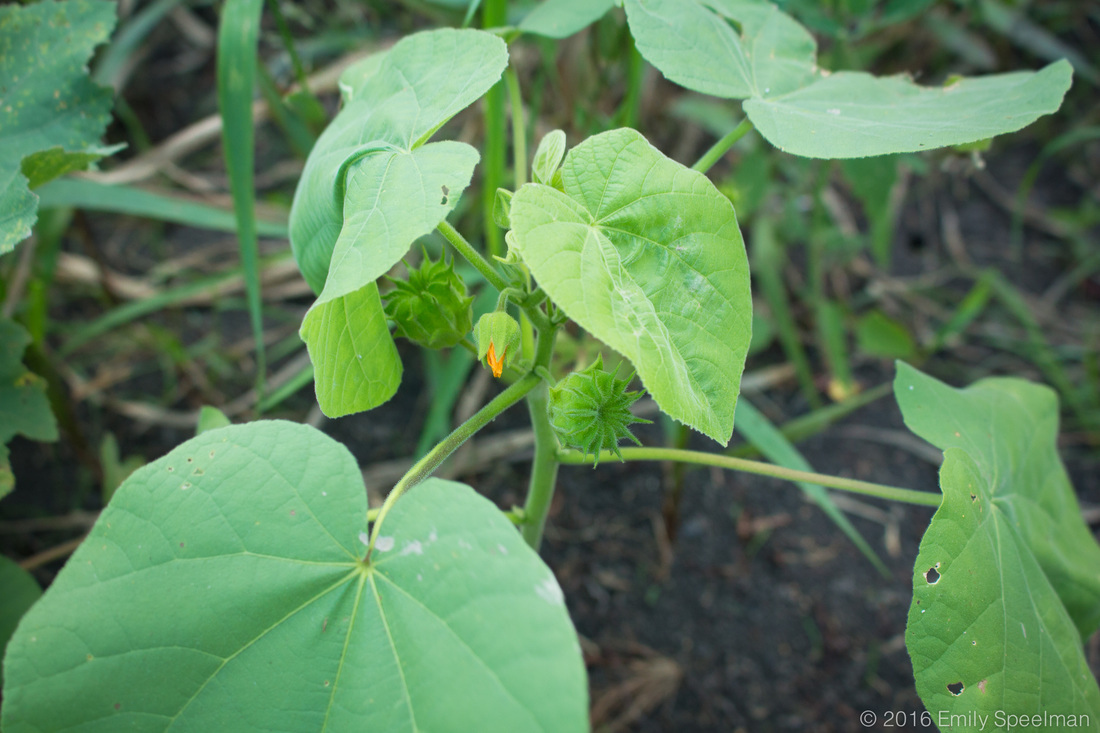

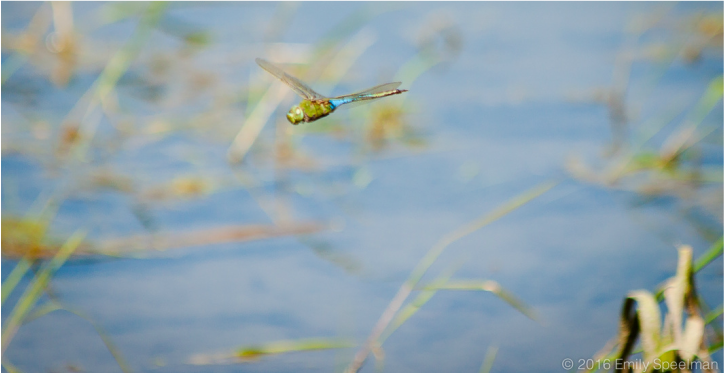



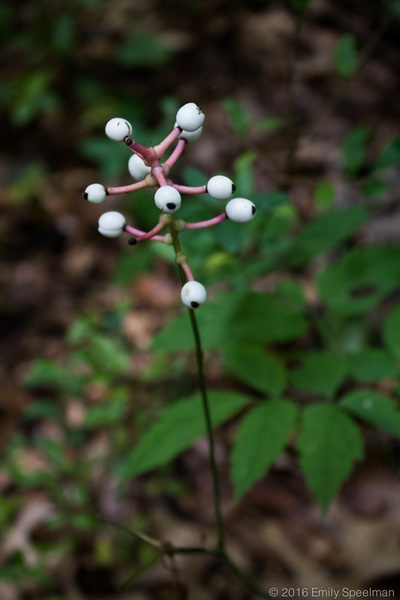
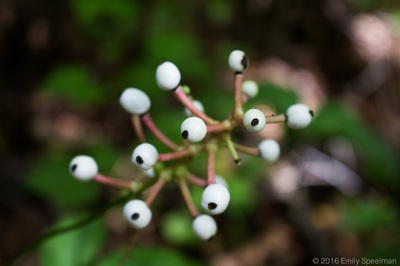



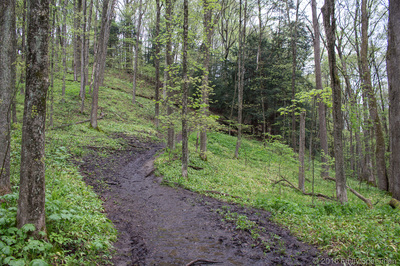

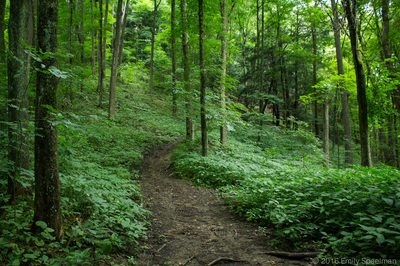



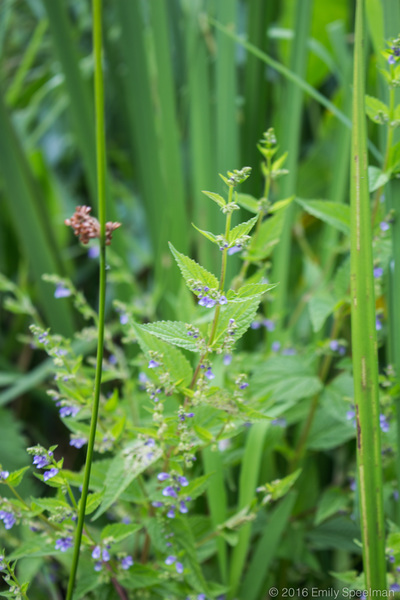
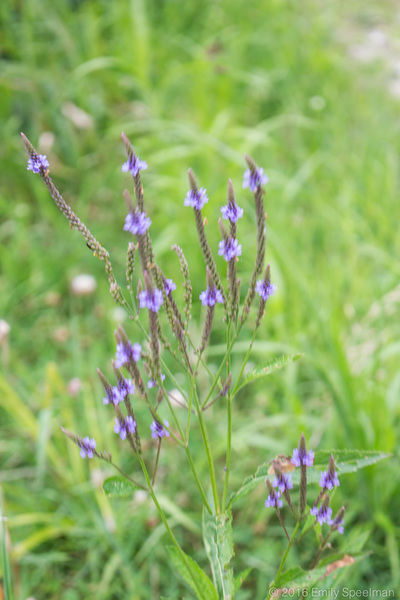
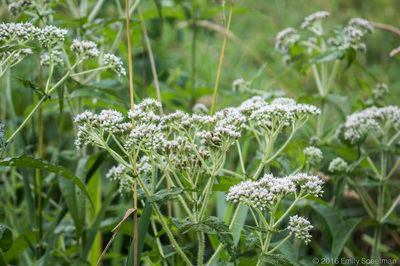
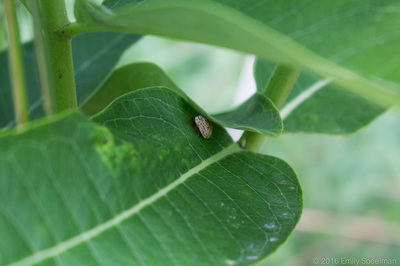
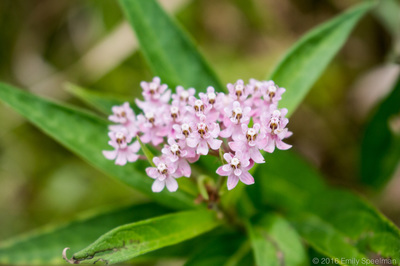

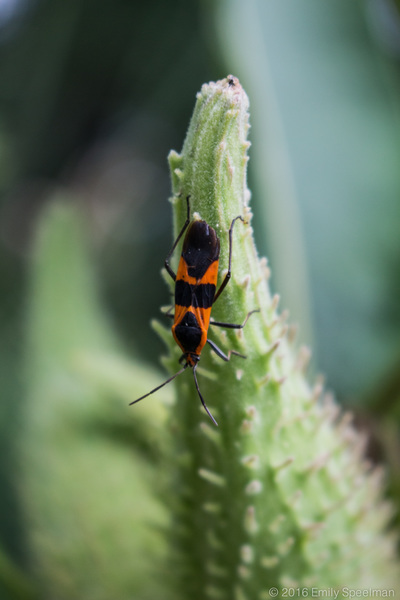


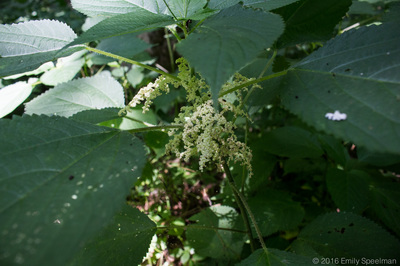

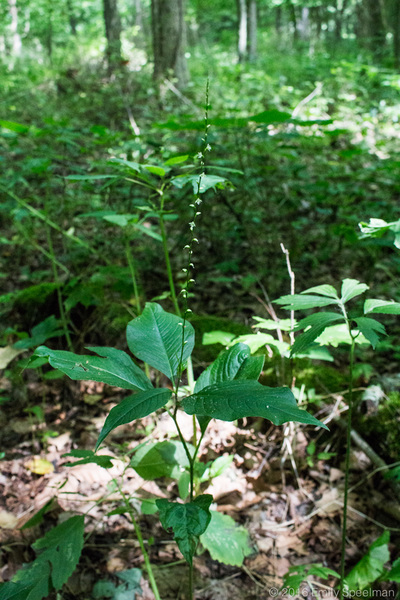
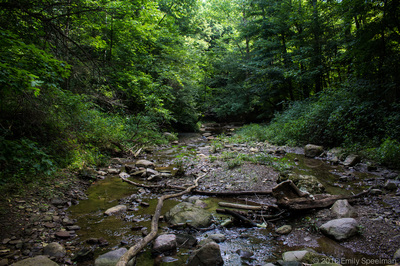


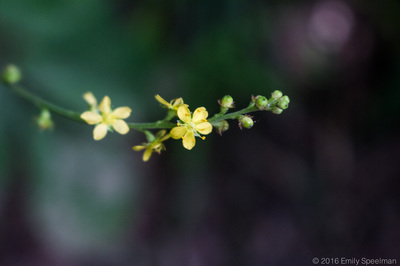
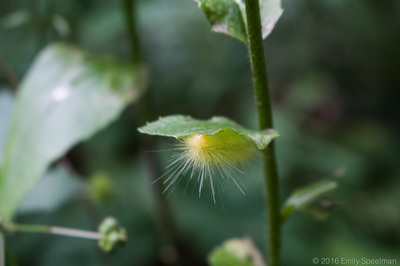

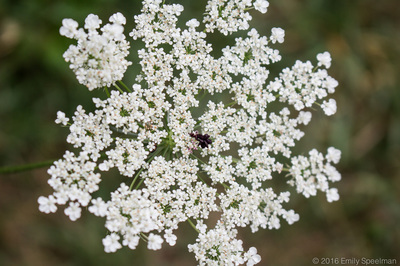
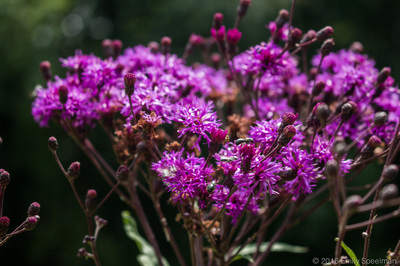



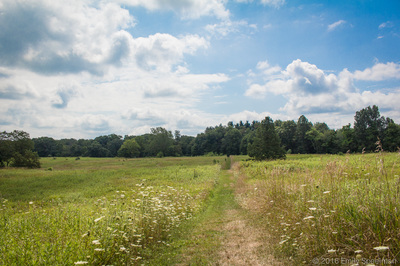

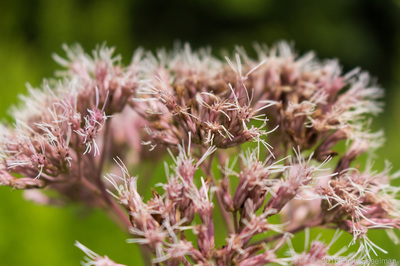


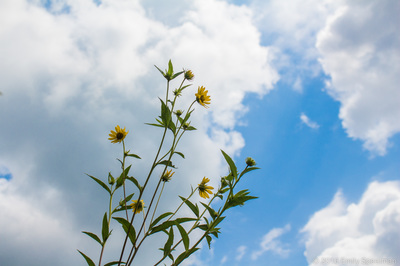

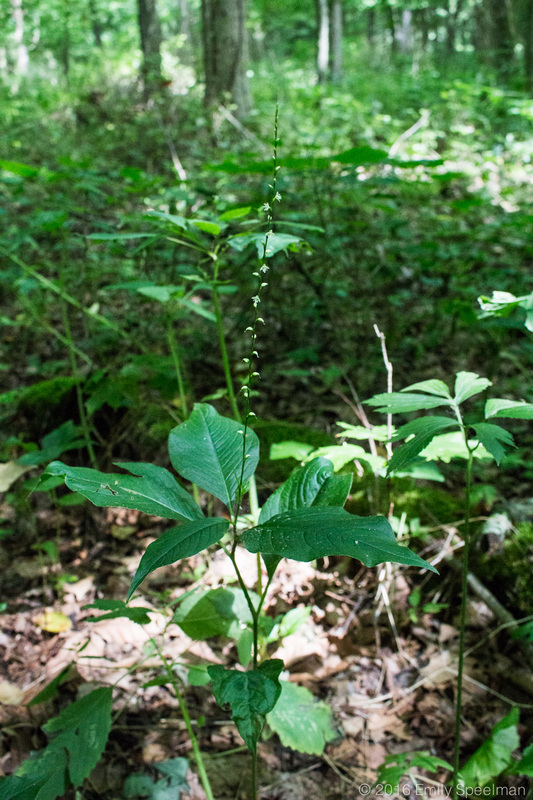

 RSS Feed
RSS Feed